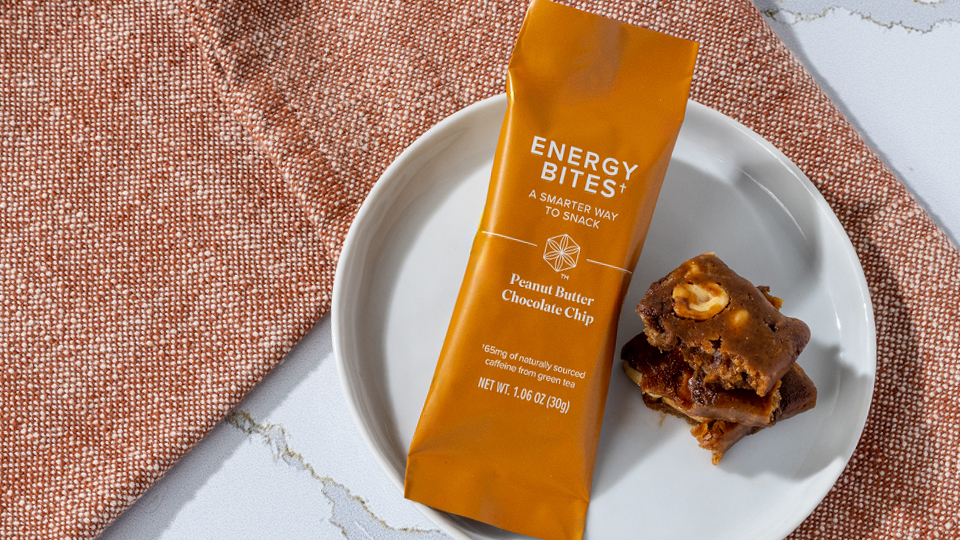The length of an ingredient list is probably not the best measure of how a formulated food’s nutritional merit should be judged, but it’s easy to understand why it’s become commonplace.
In an age of ever-increasing food ingredient types and functional additives – thanks to advances in food science and technology – one can easily imagine that within a long ingredient list could be lurking a hidden, unhealthy danger.
The power of Google also makes it all too simple to quickly access any information, accurate or not, for passing judgment over whether ingredients should be in your diet. Because of this, consumers are increasingly seeking out simpler whole-food options with the hope of them being healthier.
But should you always avoid foods with long ingredient lists simply because of the presence of unrecognizable “chemically sounding” names?
The answer: No, not really. As brilliantly illustrated by an Australian high school chemistry professor, even whole foods themselves would have long lists of chemically sounding ingredients if their components were broken down and labeled accordingly.
A Better Measure: How Was the Food Designed?
Perhaps a better way to judge a food is based on the purpose of its design. Ask yourself: For what purpose was this food designed? Since the birth of mass food manufacturing, processed foods were designed with the goal of bringing about value (made as cheaply as possible), consistency, and convenience in products that consumers loved to eat (1).
The majority of processed foods are formulated with the goal of making food tasty and as easy to stuff into your stomach as possible; soft, salty or sugary, and well-preserved for a long shelf life.
When consumption is the goal, along the way, valuable nutrients like appetite-satisfying protein, gritty fiber, and bitter vitamins and minerals are lost. They’re replaced with fat, sugar and sodium, plus softening and preserving agents.
These are the packaged foods that have filled up entire supermarkets.
Over the years, some of these processed products were also formulated under the guise of halo-like claims such as “low-fat,” which had little evidence for supporting weight loss and that which might have led to even more overconsumption (2).
The Nutritionally Designed Difference
A big difference is when a food is designed specifically for delivering exceptional nutrition from whole food ingredients. Here are examples:
- Premium meals with balanced nutrition, such as Whole Blend IsaLean® Shakes , where each ingredient is found naturally in whole foods – exactly what your body needs for a balanced meal. Additionally, Whole Blend Shakes provide 21 vitamins and minerals found in their naturally occurring form sourced directly from organically grown, non-GMO foods.
- For the convenience of a nutritious and satisfying meal on the go, Whole Blend IsaLean Bars contain high-quality protein, energy-fueling carbohydrates, and good fats all while delivering vitamins and minerals from organic vegetables.
- Nutrient-rich functional beverages, like Ionix® Supreme or Cleanse for Life® which contain a number of botanical extracts and modest amounts of natural sugars or sweeteners to produce a nourishing effect for the body.
- Superfoods found in Greens which is naturally sweetened using stevia. Greens contains precious phytonutrients from plants and serves as a nourishing beverage and alternative to sugary drinks and juice, all while providing two full servings of vegetables in every scoop.
While some might contend that the lists of ingredients in these products are relatively long and that they’re processed, the reality is that there’s no comparison of these to the high-sodium, high-fat, high-carb varieties of processed foods in the supermarket.
Isagenix products are foods nutritionally designed with your health in mind; whereas packaged frozen pizza or the hamburger, french fries, and soft drinks advertised as “meals” found elsewhere do not. Yet these make up a greater part of a Western diet.
Why Not Just Choose Whole Foods?
In ideal circumstances, there wouldn’t be a need for nutritionally designed foods such as Isagenix products.
Anyone would have the time to pick out fresh fruits and vegetables, cook at home, eat perfectly balanced meals, get all their daily requirements of nutrients, and practice good portion control.
However, it’s not surprising that the average consumer has trouble achieving success with any kind of traditional whole food-based diet (3). In both short- and long-term studies that compared the use of an Isagenix System, which does include guidelines for still enjoying whole food-based meals, to that of a traditional heart-healthy diet based in whole foods, the evidence clearly demonstrates the superiority of having the convenience of nutritionally formulated Isagenix products (4, 5).
Luckily, Isagenix products are nutritionally designed containing ingredients artfully crafted from whole foods. For weight loss and weight maintenance, the nutritionally designed difference always comes out on top for being delicious yet satisfying and nourishing.
References
- Floros, J. D., Newsome, R., Fisher, W., Barbosa-Cánovas, G. V., Chen, H., Dunne, C. P., German, J. B., Hall, R. L., Heldman, D. R., Karwe, M. V., Knabel, S. J., Labuza, T. P., Lund, D. B., Newell-McGloughlin, M., Robinson, J. L., Sebranek, J. G., Shewfelt, R. L., Tracy, W. F., Weaver, C. M. and Ziegler, G. R. (2010), Feeding the World Today and Tomorrow: The Importance of Food Science and Technology. Comprehensive Reviews in Food Science and Food Safety, 9: 572–599. doi:10.1111/j.1541-
- Wansink B, Chandon P. Health Halos: How Nutrition Claims Influence Food Consumption for Overweight and Normal Weight People. 2005. Available at: https://flora.insead.edu/fichiersti_wp/inseadwp2005/2005-73.pdf
- Sacks FM, Bray GA, Carey VJ, et al. Comparison of weight-loss diets with different compositions of fat, protein, and carbohydrates. N Engl J Med 2009;360:859-73.
- Klempel MC, Kroeger, CM, Bhutani S et al. Intermittent fasting combined with calorie restriction is effective for weight loss and cardio-protection in obese women. Nutr J 2012 11:98. doi: 1186/1475-2891-11-98.
- Arciero PJ, Edmonds R, He F, Ward E, Gumpricht E, Mohr A, Ormsbee MJ, Astrup A. Protein-pacing caloric-restriction enhances body composition similarly in obese men and women during weight Loss and sustains efficacy during long-term weight maintenance. Nutrients 2016, 8(8), 476; doi: 3390/nu8080476





